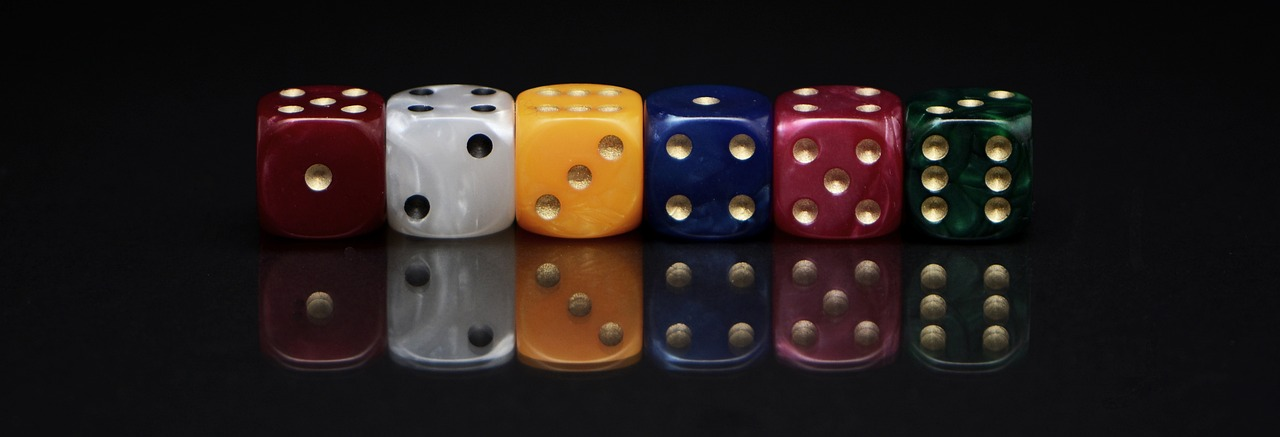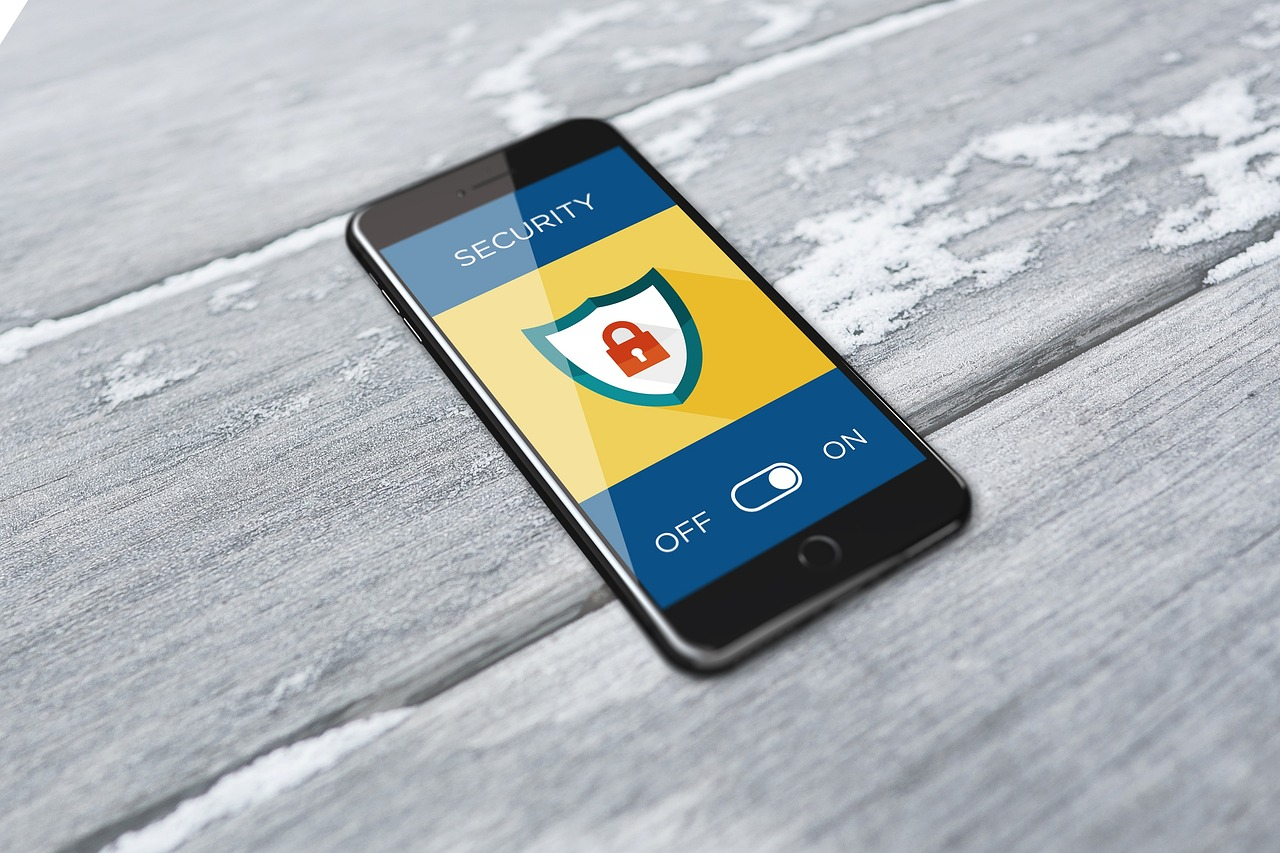QRNGs are the latest technology to be making a splash in the world of smartphones. But, what are they, what do they do, and how does this benefit us? Let’s dive in.
What are QRNGs?
A random number generator (RNG) is a device or algorithm that produces random numbers. These numbers are not predetermined and are not sequential. Essentially, RNGs digitize the aspect of luck that you’d get from rolling a dice, selecting a card at random, or spinning a wheel. As such, they are often used in online casino games to provide a fair and authentic digital casino experience. Take slot games, for example. When players try the Big Bass Splash online slot they will find that icons fall onto the reels in a random order. It is RNGs that determine which symbols land where, and when, as well as at what point bonus features are activated. This ensures that the gameplay is immersive and results are based entirely on luck.

In other applications, it becomes necessary for RNGs to be even more random. This has led to the development of quantum RNGs (QRNGs). These devices use a physical source of entropy. Typically, an input such as a light is shone through the device. At this point, the light is simultaneously reflected and refracted. Eventually sensors will pick up the light. Where the light hits the sensors determines the random bit that is generated. Due to employing the multiplicity of quantum physics in this way, QRNGs have a higher rate of randomness, making them appropriate for high-risk applications such as cryptography and security.
QRNG Evolution
As you might imagine, because QRNGs use a physical input, the equipment traditionally was quite large. However, over the past few years, innovations have allowed QRNGs to be condensed into chips that can be used in a variety of devices. One of these chips, designed by Danish start-up Alea Quantum Technologies, are specifically designed for smartphones. These chips promise to take smartphone security a step above the pseudo-random number generators (CPRNG) present in Apple’s iPhones.
Apple’s existing CPRNGs do employ a hardware RNG which uses digital chatter between its electronic components as its source of entropy, which then is fed into the CPRNG. Whilst more secure than a lone RNG, it has its weaknesses. Meanwhile, Alea Quantum Technologies’ QPRNGs use photons from a tiny laser as its entropy source, the output of which cannot be predicted. This allows the chip to encrypt 4Gb/s, and notify users of any unauthorized behavior.
The Future of Smartphones

The Samsung Galaxy Quantum series became the first smartphones to house QRNG technology. The chip used in the Quantum 2 device was the world’s smallest QRNG at a size of 2.5mm2. The chip, developed by ID Quantique, is embedded in the four models released so far. However, they are only available for purchase in South Korea. Elsewhere, Apple has recently added a post-quantum key to its iMessaging service as part of the February 2024 update. This is said to be the strongest security for any large scale messaging protocol worldwide.
So, what does this mean? Well, with both Samsung and Apple dabbling in the world of QRNGs and quantum cryptography, it is likely that such security measures will become commonplace in the future. This has the potential to provide end users with a more robust security protocol, protecting the data stored on their devices.









